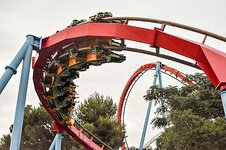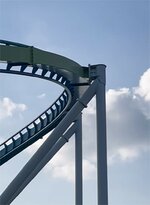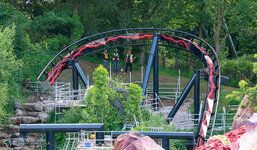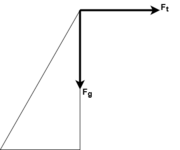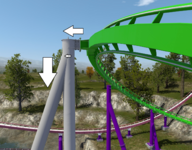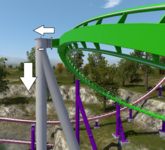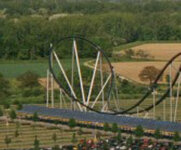Plastic Person
TS Member
- How did it run for a week before that was noticed. If this was in the UK (and I suspect US rules are similar) maintenance (and maybe even operations) have to walk the route of the track each morning looking for problems and obstructions. Which means that despite having been checked at least 7 times (likley more) since the crack had formed no one noticed it.
I just watched the video. Yikes!
I can't speak for Carowinds as it varies on a state by state basis, but health and safety in the theme park and amusements industry in the USA is often completely deregulated to the parks themselves. But obviously Cedar Fair are experienced operators, so you'd hope that checks are in place to spot something of this magnitude.
Last edited:


